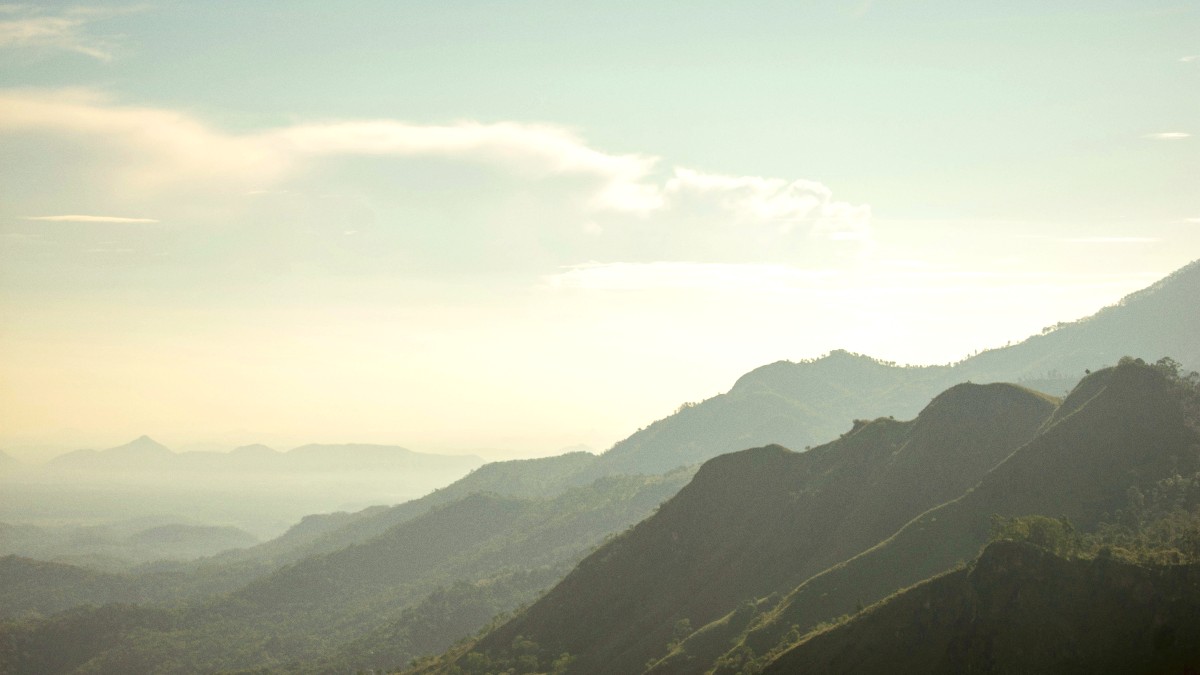
The South, Sri Lanka
Your Mirissa trip: careful planning pays off.
This guide provides facts for a full Mirissa experience, from practical travel details to recommendations for dining and activities.
A smooth trip starts here.
Mirissa sits on the southern coast of Sri Lanka, a teardrop-shaped island nation in the Indian Ocean. It lies within the Matara District of the Southern Province. Its geographical position permits direct access to the warm waters of the Indian Ocean, making it a prime location for beach activities and marine wildlife viewing. The town rests between larger coastal hubs like Galle to the west and Matara to the east. This central location makes it a convenient base for exploring other southern attractions.
Mirissa's landscape features a long, curving sandy beach, bordered by palm trees. Small rocky outcrops, Parrot Rock and the renowned Coconut Tree Hill, break the coastline, offering vantage points for coastal views. Inland, the terrain rises gently, with verdant vegetation and small local villages. The proximity to the ocean molds Mirissa's character, from its fishing heritage to its appeal as a surfing and whale watching destination. The coastal road, A2, runs directly through Mirissa, providing simple access to neighboring towns and regions.
Located in the Matara District, Southern Province.
Direct access to the warm Indian Ocean.
Long sandy beach, palm trees, Parrot Rock, Coconut Tree Hill.
Gently rising terrain with vegetation and villages.
Coastal road A2 links Mirissa to neighboring towns.
The warm, tropical climate nurtures lush flora and attracts diverse wildlife, both on land and in the ocean. This geographical context makes Mirissa a destination for those who enjoy warm weather and ocean-centric activities.
Mirissa's location places it near national parks for safari experiences and historic cities like Galle for cultural exploration.
The proximity to the ocean shapes much of Mirissa's character, from its fishing heritage to its appeal as a surfing and whale watching destination.
A panoramic view of Mirissa's beautiful coastline, showing its characteristic palm trees and sandy beaches.
Mirissa’s history roots deeply in its fishing heritage. For centuries, this coastal stretch served as a home for local fishing communities. Their lives revolved around the sea, using traditional methods to harvest its bounty. This connection to the ocean remains evident today, with fishing boats still launching from Mirissa's harbor each morning. The livelihoods of many Mirissa residents tie to the sea, through fishing, or recently, through tourism.
During Sri Lanka's colonial periods, the southern coast, including areas near Mirissa, saw influences from Portuguese, Dutch, and British rule. While Galle Fort, a short distance away, became a major trading port and administrative center, Mirissa remained a quieter, more isolated fishing village. This helped preserve its laid-back character, distinct from the bustling colonial hubs. The town’s transition into a tourist destination began more recently, driven by its appealing beaches and, notably, the discovery of its status as a premier whale watching location.
Centuries of fishing heritage shape Mirissa's identity.
Nearby Galle Fort saw colonial rule, Mirissa stayed quiet.
Recent rise as a tourist spot, preserving local charm.
The town’s development as a tourist spot gradual. It retains much of its local charm, avoiding over-commercialization.